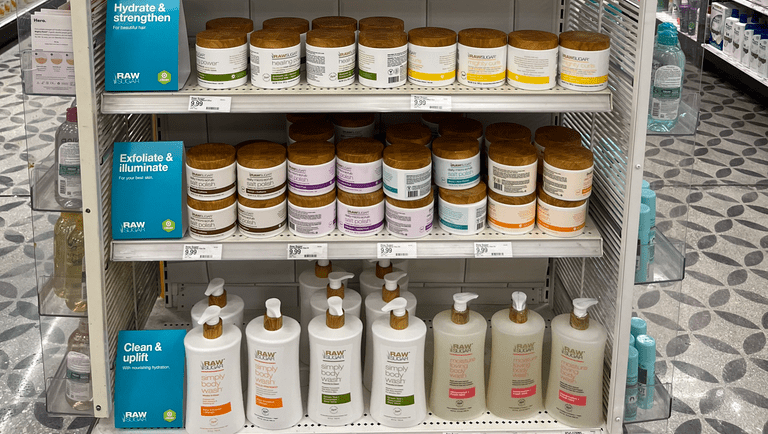CBD has exploded across beauty, and haircare is no exception—but a lot of what’s sold online isn’t what it claims. Here’s how to vet shampoos, conditioners, and serums before they land in your cart with confidence.
Start with the ingredient list. Real CBD in cosmetics appears by its INCI name, “Cannabidiol.” Hemp seed oil, by contrast, is listed as “Cannabis Sativa Seed Oil” and naturally contains negligible CBD. Brands sometimes lean on hemp imagery or the word “hemp” to imply CBD when the formula only includes seed oil. Knowing the INCI language helps you separate marketing from reality.
Look for a recent, batch-specific COA. A Certificate of Analysis should match the product’s lot number and be easy to access from the product page or via a QR code on the label. The COA should report cannabinoid potency (showing measurable cannabidiol) plus contaminant screens for heavy metals, pesticides, and residual solvents. If you can’t find a COA—or the PDF lacks a batch number, method, lab name, or date—treat that as a red flag.
Check the lab’s credentials. Trustworthy COAs are run by competent laboratories. One shorthand: labs accredited to ISO/IEC 17025, the international standard that demonstrates a testing lab can generate valid results. The COA or the lab’s site usually discloses accreditation.
Beware medical claims. U.S. regulators have repeatedly warned and penalized companies for marketing CBD with disease-treatment claims or for misbranding. If a “CBD” hair serum promises to “cure alopecia” or “treat psoriasis,” that’s a regulatory red flag and often a hallmark of dubious products.
Assume labels can be wrong—verify the numbers. Rigorous studies have found widespread mislabeling of CBD content online, including topicals. That means the COA matters even more. Compare the CBD milligrams on the label to the COA potency; they should align within a reasonable margin.
Don’t be fooled by fuzzy terms. Phrases like “hemp extract” or “phytocannabinoid-rich” can be vague or misleading. Legit listings specify “cannabidiol” in the INCI deck and publish a cannabinoid table on the COA; reputable standards groups also emphasize contaminant control for cannabis ingredients.
Watch for knock-off paperwork. Counterfeiters sometimes upload generic or recycled lab reports. Quick tells include a COA whose product name or potency doesn’t match the item you’re viewing, missing signatures or method identifiers, or a report that can’t be found via the QR code or batch lookup. When in doubt, email both the brand and the lab—reputable companies respond quickly.
Price and provenance matter, too. Ultra-cheap “5,000 mg CBD” liter-size shampoos are rarely truly real. Given raw-material costs, extraordinary potency at a bargain price usually signals a mislabeled hemp-seed-oil product. Favor brands that share sourcing (e.g., domestically grown hemp), manufacturing location, and clear contact info—and that publish COAs for every batch, not just a single “example” file.
Quick pre-checkout checklist:
• Ingredient list says “Cannabidiol,” not only “Cannabis Sativa Seed Oil.”
• Batch-matched COA with potency and contaminant panels, recent date, and named lab (ideally ISO/IEC 17025).
• No drug-like claims; benefits framed as cosmetic (shine, frizz, moisture).
• Label CBD amount matches the COA potency.
Bottom line: In haircare, “hemp” doesn’t automatically mean CBD, and glossy packaging isn’t proof. Ingredients plus a credible, batch-specific COA—and the absence of illegal claims—are your best filters for spotting fakes and finding formulas that actually contain what you’re paying for.



